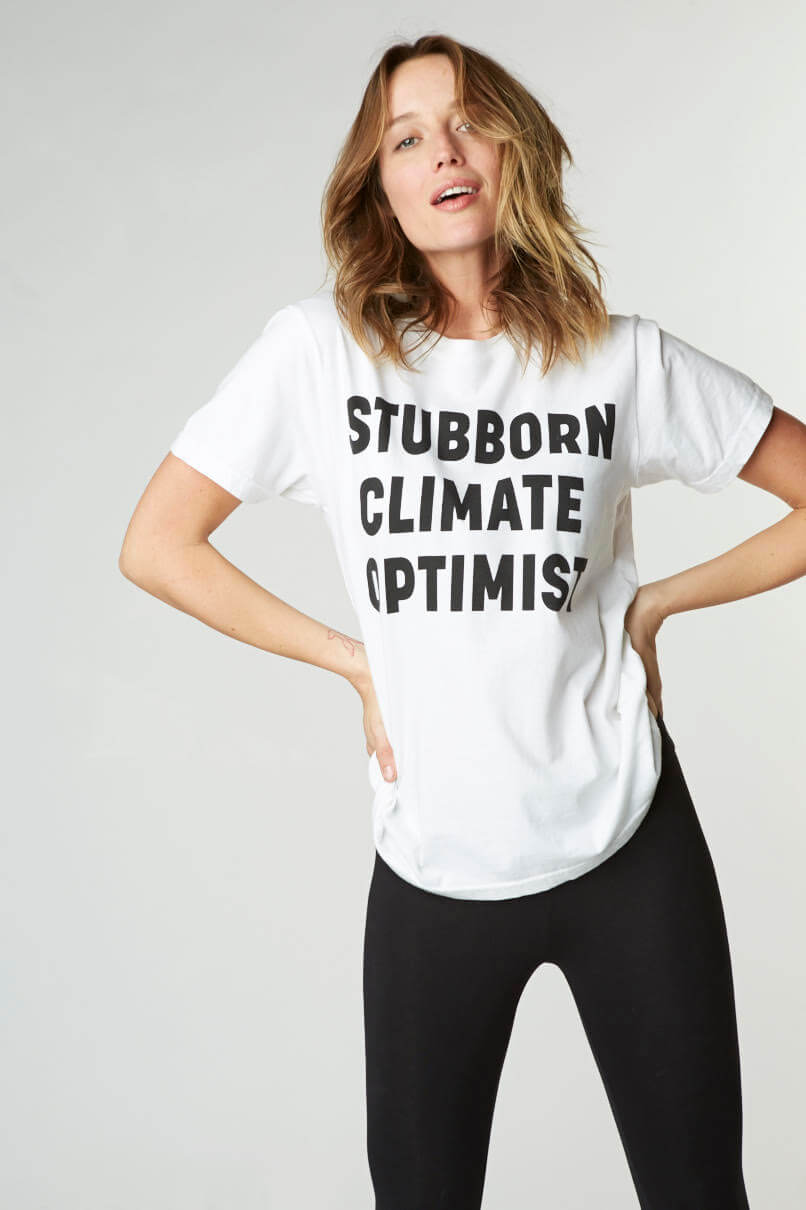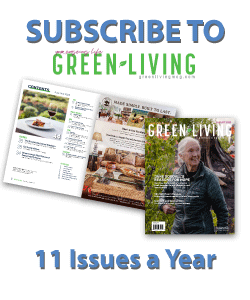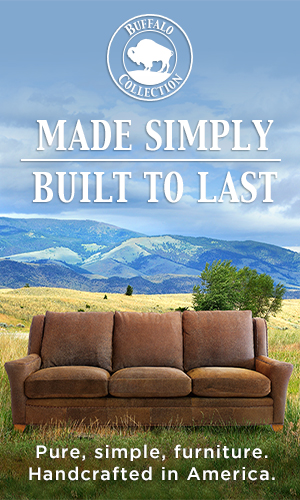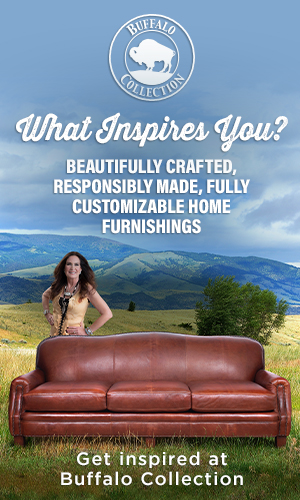It’s not about sacrifice. It’s about global awakening that’s fun, sexy and fashionable.
By: Laura Madden

Fashion Pioneer
If you love fashion and you care about the planet, you might already know of ECOfashion pioneer Marci Zaroff, or you might remember her from our May 2015 issue. Marci is here to teach us that fashion and conscious living absolutely can coexist. You can be both a fashion lover and a tree hugger, and even more.
Marci published her first book this August ECOrenaissance:
Cocreating a Stylish, Sexy and Sustainable World. Marci’s book is a complete lifestyle guide sharing everything you need to incorporate environmentally friendly lifestyle practices into your modern day life, prioritizing the planet without sacrificing style.
As a sustainable fashion advocate myself, I’ve followed Marci’s work for years now and she truly walks her talk — from food, wellness, beauty, fashion, art and even business — making conscious living fun, fashionable and cool, as was our conversation shared below:
How it all started
LAURA MADDEN: In 1995 you coined the term ECOfashion, which you say is the fusion of ecology and fashion –demonstrating that style, quality, fit, color and comfort don’t have to be mutually exclusive with environmental or social responsibility. How did you come up with this?
MARCI ZAROFF: I realized there was a missing link in the holistic ecosystem — that you can’t support one part of the wellness equation without the others. Fiber/textiles are as big a part of that equation as food and beauty.
I had this aha that these sectors are all interconnected: food, beauty, and fashion, and I started to look for more conscious fashion that had the same values that I was embracing in food and beauty, and I couldn’t find anything. Surely I can’t be the only one that’s both a tree hugger and a fashionista?!
The journey
LM: It sounds like your journey with ECOfashion, which started over 25 years ago, was a natural progression of your own awakening.
MZ: I was seeking healthier and more conscious choices in my
lifestyle, and fashion at the time was a huge whitespace of ‘Why isn’t anybody talking about this yet?!’ The more I went down the rabbit hole and the more I learned about the human and environmental impacts of the fashion industry — such as that the fashion industry is the second largest polluter in the world next to coal, the more I got fired up that someone needs to be out there telling this story.
LM: You’ve even built a business, MetaWear to help other brands join the sustainable fashion movement. What sparked you to create this?
MZ: The companies that want to get on board this movement
are often paralyzed because they don’t know where to start; from sourcing to storytelling, changing course can be daunting and overwhelming, and they don’t know the right questions to ask, especially because things are moving so fast.
I created MetaWear as a plug and play solution provider, like the “Intel inside” that could fuel the sustainable fashion movement. By mimicking the build-a-bowl food concept where you go in and point to each menu with what you want, MetaWear offers tailored customized manufacturing where we can run an entire turnkey program — from source to story.
We also have an organic home brand launching on QVC in the Spring called “Farm To Home,” also found on Thrive Market. Our goal is to expand our farm-to-consumer model for home into apparel as well.
Looking ahead in the new year
LM: As we embark on a new year, what advice would you give someone just starting out on their sustainability journey?
MZ: Read labels. Know the brands and products you’re supporting. Rule of thumb: if you can’t pronounce it, you probably shouldn’t put it in or on your body.
LM: You’re known as the woman who’s making sustainability stylish and cool, and breaking the prejudices often characteristic in fashion and environmentalism. Was there a specific turning point for you?
MZ: Yes, because of my connections with food and beauty, I was seeing the lifestyle evolution. I recognized that once you plant the seed of consciousness in somebody, they will inevitably say ‘what else, what’s next?’ and will want to grow — just like nature itself.
I was shopping with clients of mine on Fifth Avenue, and I had already turned them on to organic food and beauty products. They were like ‘What about fashion?’ I said, ‘If I make it, will you buy it?’
That was the catalyst for me — the beginning of Under the Canopy, the first sustainable fashion and home brand in North America, and one of the first in the world.
The future of sustainable fashion
LM: You mentioned that 2019 is the big tipping point year for sustainable fashion. How so?
MZ: Everybody in the fashion industry is learning that it’s not
about staying ahead anymore; it’s about not being left behind.
The fashion industry is going through a huge transformation, and transparency, because of the Internet, has changed the whole game.
Today’s consumer can go online and ask the questions, ‘Who made my clothes? What’s in it? Where was it made? How is it being made?” Nobody was asking those questions before.
The visibility and the vulnerability that brands have today is a whole new day. They’re realizing they can’t hide all those toxic chemicals anymore because they’re gonna get called out on their practices, and it can compromise their brand, and even their future. The pressure is on and everyone is joining the sustainable fashion “party.”

ECOrenaissance
LM: Your new book ECOrenaissance is a practical and timely lifestyle guide, but also a fun, sexy, fashionable one, you say. How did you come up with the concept?
MZ: The underlying premise of my book is that through the lens of design you can change the world, because you can appeal to people at a visceral level. Through food that’s taste, through beauty that’s scent and functionality, and in fashion, it’s style.
It’s not about compromise, sacrifice, or deprivation. It’s about giving people more. In fashion, give them style, quality, fit, color, comfort — and oh by the way, you’re also making a difference to human and environmental health, or farmer and worker welfare, by buying this shirt. You can look good, feel good and do good in the world.
One of the stigmas of this movement is that you need to give something up, and you don’t. Another stigma is that you have to pay a lot more to be a conscious consumer. You just have to know where to go, what to look for, and who to trust.
You have to know how to navigate this world, and my book takes people on the journey in a very user-friendly, fun way. That’s why the tagline of my book is “cocreating a stylish, sexy and sustainable world.”
It’s not about making fashion sustainable really; it’s about making sustainability fashionable. We can have fun with it. And, it is cool to be conscious now.
LM: What is your biggest dream for this book?
MZ: I see this book as a tool — a guidebook with tons of resources, tips and inspiration. Once you wake up, you want everyone around you to be awake with you. We want to get out of the dark and into the light.
We need to design a new reality and that means everybody needs to be awake and on board with that common vision. We can design a greener, cleaner, healthier, more sustainable world for life today, as well as the future for generations to come.
Renaissance means rebirth. This is all about the rebirth of humanity and realization that we’re all connected — that we are one ecosystem. We are all in this together.
My hope is that at some point in my book, something I say will strike a cord and wake you up, and you’re gonna say ‘ah, this all makes sense!’
Laura Madden is a fashion advocate, model, and creator of Laura Madden Lifestyle, a lifestyle brand and blog that inspires a life of style, sustainability and self-esteem. Visit laura-madden.com and follow her on Instagram @lmlifestylist for sustainable shopping tips and her sustainable fashion finds.





